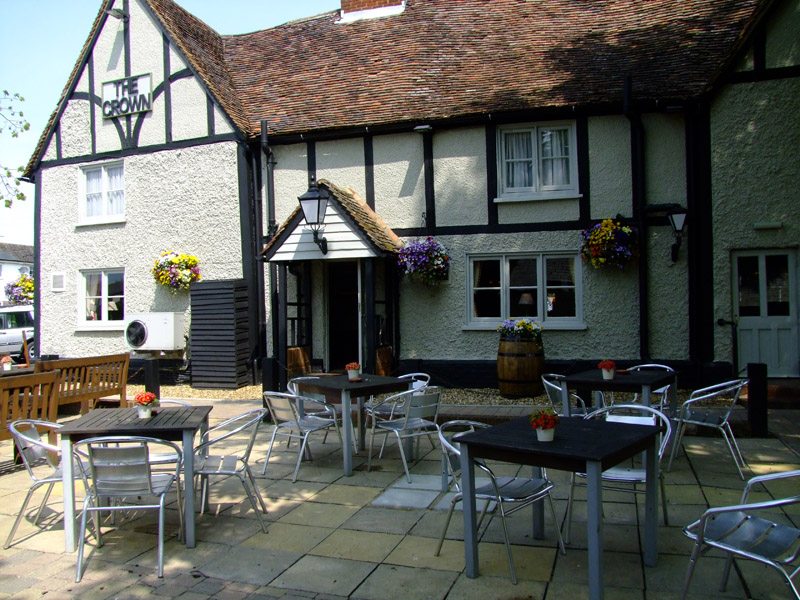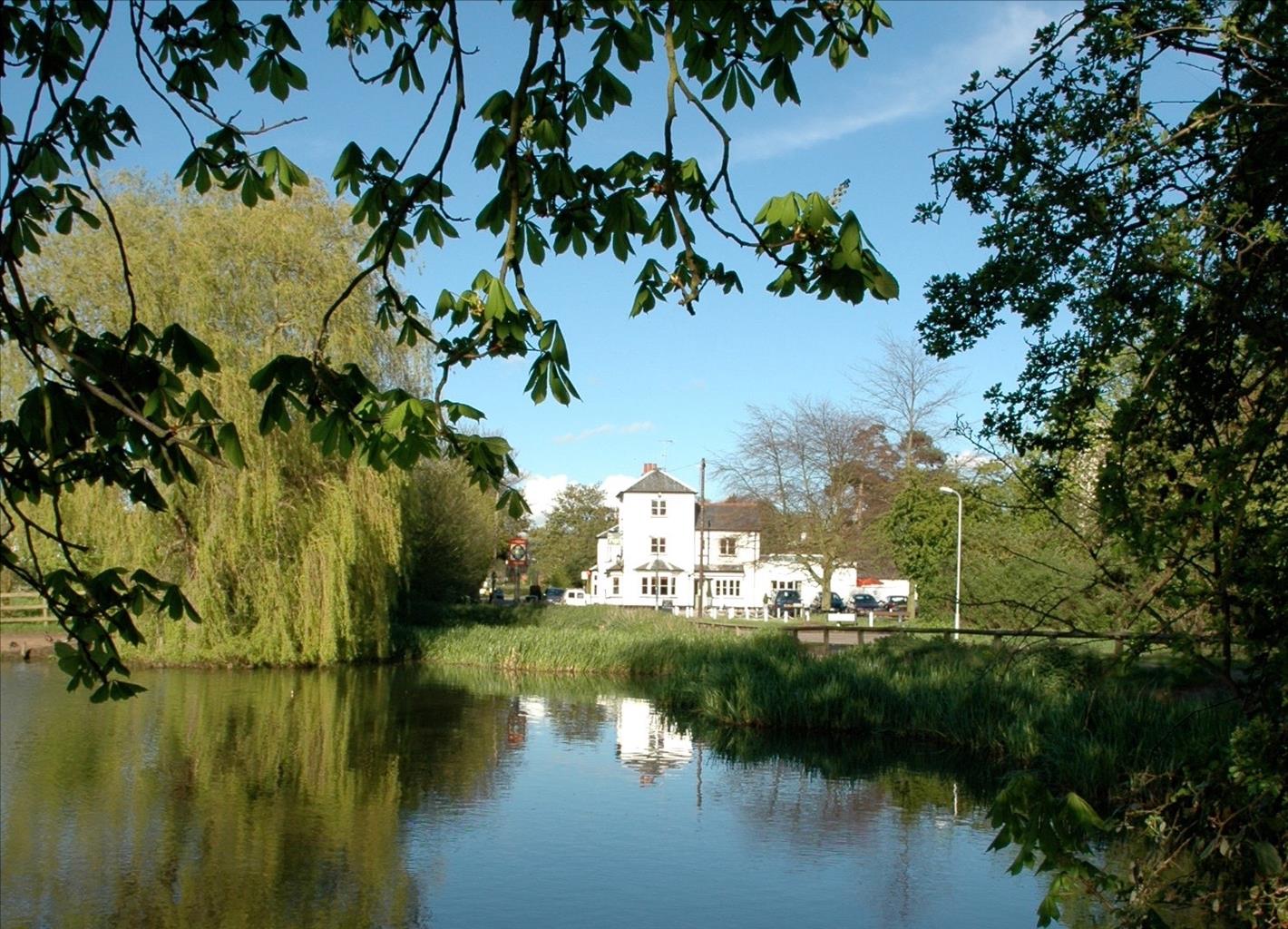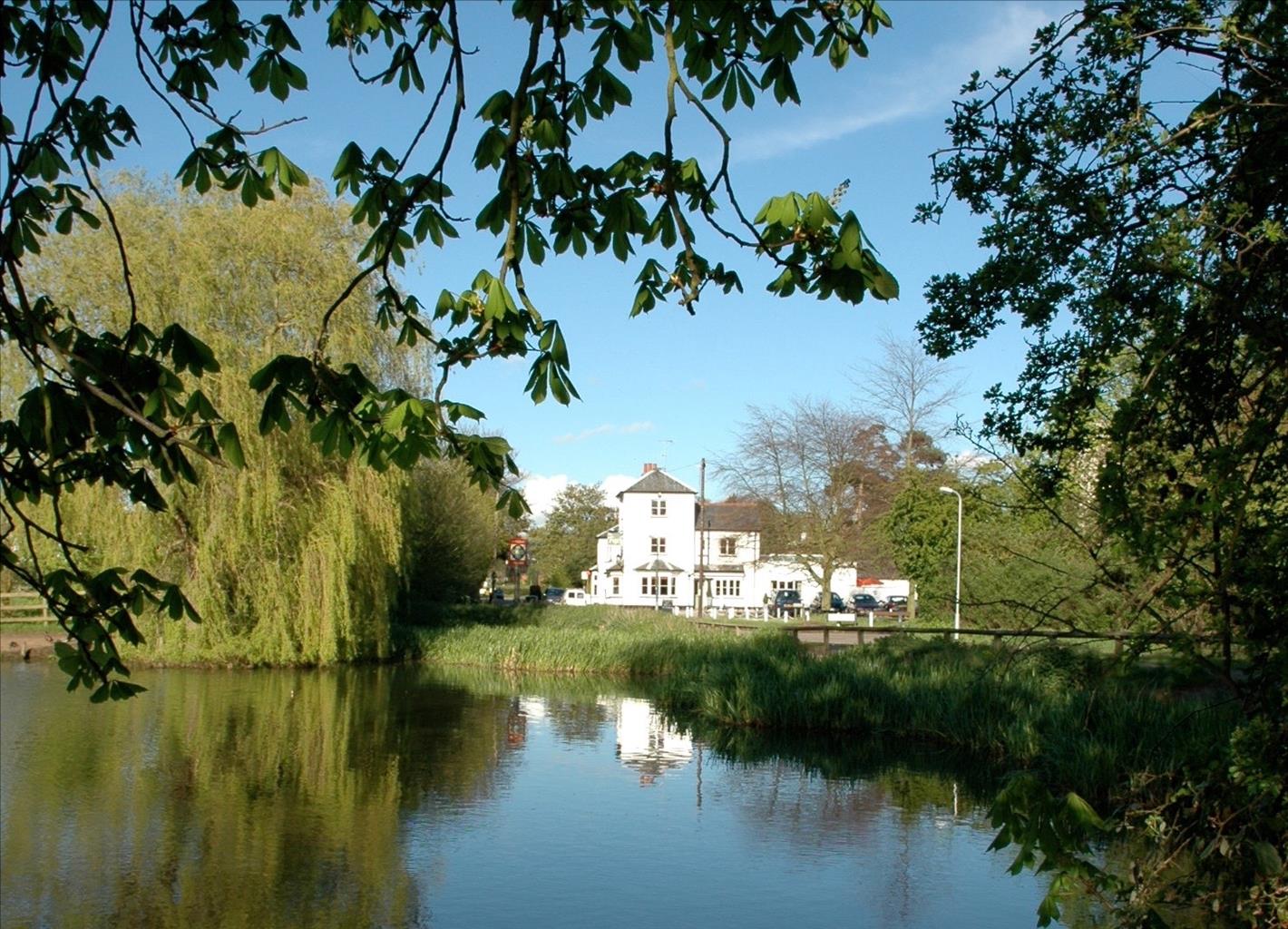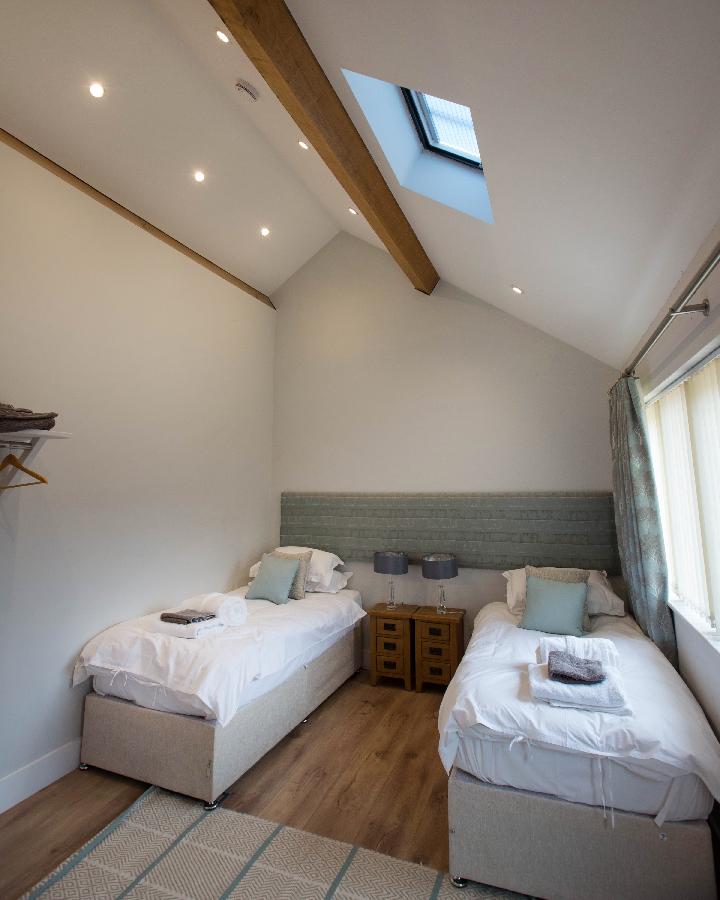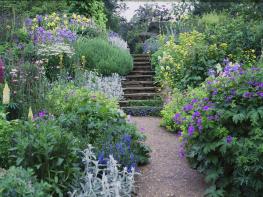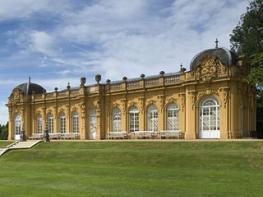The Crown is situated on the High Street in Henlow with easy access from the A1. It's a…
Ashwell and Hinxworth

6.5 miles (10.4kms)
About the walk
One of the most moving things you will see on any of these walks is the graffiti on the north wall inside the tower of St Mary's Church in Ashwell. High up the wall is a graffito inscription in Latin, which translated says 'The first plague was in 1349', and lower down a more desperate one, 'Miserable, wild, distracted, the dregs of the people alone survive to witness, 1350', while the last in the series refers to a great storm, 'At the end of the second (plague) a tempest full mighty this year 1361 St Maur thunders in the heavens'.
Black Death
The graffiti bear a remarkable witness to the Black Death, the bubonic plague spread by fleas, that swept into England from the Continent and Asia in 1348. It was devastating, particularly as the harvests had failed repeatedly since 1314 and already large areas were unploughed. It is thought that a third of the population died in the first outbreaks. No-one was immune: the Abbot of St Albans, Michael of Mentmore, and 47 of his monks died of the plague in April 1349 alone. The scrawlings give an awesome insight into the state of mind of Ashwell's residents, but the January storms, which did great damage and would have seemed to be the final blow, probably cleared out the plague for a while and gave the community a chance to recover.
Defiant spike
There are other equally interesting pieces of graffiti, including a 15th-century drawing of old St Paul's Cathedral in London and, elsewhere in the church, one by a bitter mason or builder which translates 'The corners are not pointed (mortared) correctly – I spit'. The tower is an immense piece of work – one could speculate that it eventually rose as a defiance or commemoration of the tribulations of the village. At 176ft (54m), it can be seen for miles around with its three storeys, massive angle buttresses and crowning 'Hertfordshire spike' spire. Ashwell itself is an interesting village. There is a museum in an early 16th-century, timber-framed building, originally built as the local estate office for the Abbey of Westminster, which owned the manor until 1540. Ashwell was a market town and one of five in the county recorded in the Domesday Book. To the west, Caldecote is a deserted, medieval village whose economic viability probably received a serious setback from the Black Death. Owned by St Albans Abbey, it was deserted by 1428 and now consists of just a moated manor house (rebuilt around 1500) and a small church.
Walk directions
Walk west down Ashwell High Street, eventually curving left to ascend to a junction. Turn right into Hinxworth Road. Shortly after passing the gates to West Point, go straight on to a track at a bridleway sign, the road, bearing right.
The track climbs Newnham Hill, with fine views back to Ashwell church tower and long views northwards. Descend to a bridleway junction. Turn right alongside the hedge, then turn left at a footpath post to go through the hedge and continue westwards.
Beyond some former farm cottages turn right on to a concrete road to walk past Caldecote Manor and St Mary's Church (key available – see details on church door). Follow the road until just before Meadow Cottages. Here go left to skirt a copse, then go straight on along a wide path through crops. When you reach a deep ditch, keep on going straight ahead, aiming for the left end of a hedge, turning right to walk alongside it, and then through pasture.
At the lane go straight on past the medieval Hinxworth Place to skirt to the right of some scrub. At a waymarker go diagonally across some arable land, heading for St Nicholas' Church. Go through a hedge to walk alongside a deep ditch and then left over a footbridge. Go along a field-edge before turning right into the churchyard via a kissing gate.
Leave the churchyard along a short lime avenue, turning left to walk up High Street, past the quirky war memorial clock tower. Turn right into Chapel Street. At a footpath sign go right on to a cinder track (Arnolds Lane) which curves left to pass between two cottages, then through vast arable fields. At a crossroads go past a hedge to descend across more arable land. Having crossed a footbridge over the River Rhee, go diagonally left in a pasture to cross another bridge. Now turn left along the field-edge.
At a lane go left to a cottage and opposite go right, with a moat in the field on your left. Turn right on to a lane and, where this turns right, bear left to a kissing gate and cross farmland to a footbridge. Once across this turn right and continue along a lane, carrying straight on into Rollys Lane.
At the T-junction go right into Mill Street and visit the church. Cross Swan Street to the path beside Ashwell Village Museum, and back to High Street.
Additional information
Tracks and paths, some lanes around Ashwell
Arable chalk downs and muddy plain
Mostly arable land, some cattle approaching Ashwell
OS Explorers 193 Luton & Stevenage; 208 Bedford & St Neots
East end of High Street, outside United Reformed Church
Recreation Ground off Lucas Lane
WALKING IN SAFETY
Read our tips to look after yourself and the environment when following this walk.
Find out more
Also in the area
About the area
Discover Hertfordshire
As Hertfordshire is so close to London, many of its towns have become commuter havens. St Albans, less than 19 miles (30km) from the capital, has retained its distinctive character, along with many historic remains. The Roman city of Verulamium is situated in a nearby park, and excavations have revealed an amphitheatre, a temple, parts of the city walls and some house foundations. There are also some amazing mosaic pavements.
The abbey church at St Albans is thought to have been built on the same site where St Alban met his martyrdom in the 3rd century. The abbey was founded in 793 by King Offa of Mercia, and contains the saint’s shrine, made of Purbeck marble. Lost for years, it was discovered in the 19th century, in pieces, and restored by the designer of the red telephone box, Sir Giles Gilbert Scott. The abbey also contains some wonderful medieval wall paintings. Nicholas Breakspear was born in St Albans, the son of an abbey tenant. In 1154 he took the name Adrian IV, and became the first, and so far only, English pope. Another famous son of Hertfordshire was Sir Francis Bacon, Elizabethan scholar and Lord High Chancellor, born in Hemel Hempstead in 1561.
Nearby stays
Restaurants and Pubs
Nearby experiences
Recommended things to do
Why choose Rated Trips?
Your trusted guide to rated places across the UK
The best coverage
Discover more than 15,000 professionally rated places to stay, eat and visit from across the UK and Ireland.
Quality assured
Choose a place to stay safe in the knowledge that it has been expertly assessed by trained assessors.
Plan your next trip
Search by location or the type of place you're visiting to find your next ideal holiday experience.
Travel inspiration
Read our articles, city guides and recommended things to do for inspiration. We're here to help you explore the UK.

